On May 30, the US Air Force officially announced that it had begun the integration of AESA as part of the B-52 radar modernization program. This is a major upgrade for the B-52 fleet, marking “one of the largest upgrades” in the history of the aircraft. The project is estimated to cost about $2.8 billion, with the ability to officially operate in 2027.
“AESA replaces 1960s-era radar systems and significantly enhances the B-52's navigation and targeting capabilities in high-threat areas,” said Col. Louis Ruscetta, of the Air Force Life Cycle Management Center.
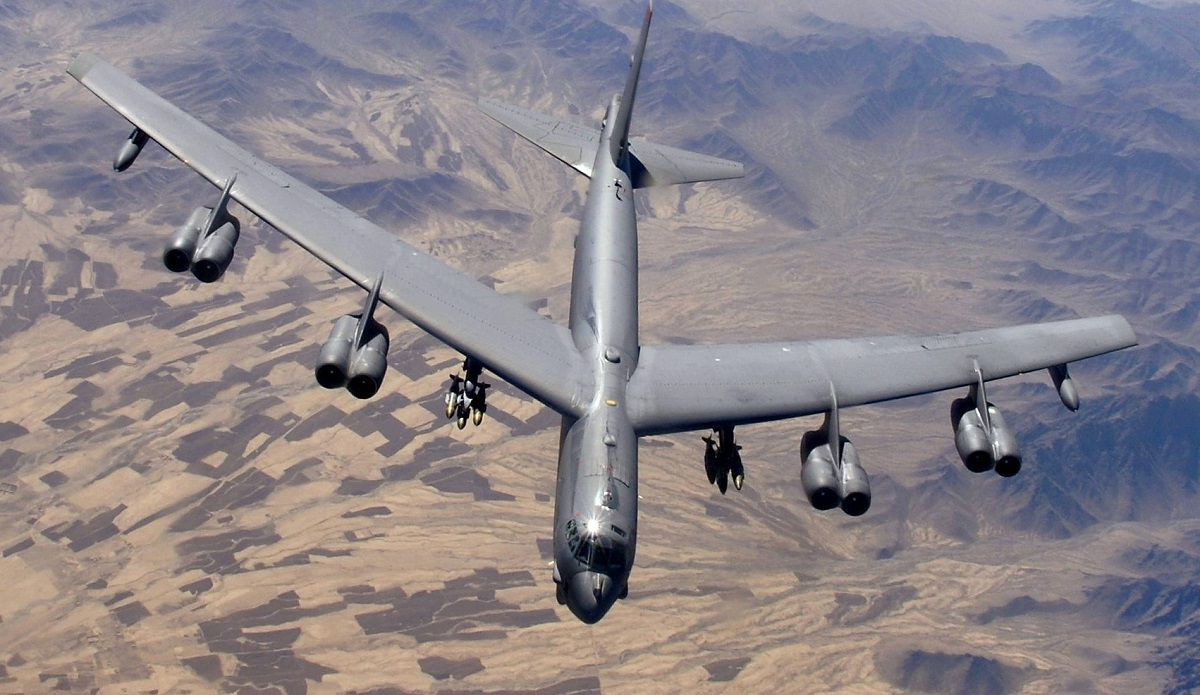
In addition to high situational awareness and navigation capabilities, AESA radars offer high adaptability options by allowing software modifications to incorporate new features to respond to future threats.
The process of installing the new radar on the B-52 is underway with the participation of Boeing and Raytheon. Boeing has the experience and deep understanding of the platform as an original equipment manufacturer (OEM) for the US Air Force's main bomber, while Raytheon has expertise in radar technology.
The modernization of the iconic US bomber, the B-52 Stratofortress, includes the installation of new equipment, avionics, radars and engines. According to the US Air Force's fiscal 2024 budget document, the B-52H bomber will be renamed B-52J after being equipped with new generation Rolls Royce F130 engines.
This overhaul aims to enhance the capabilities of the oldest strategic bomber in service with the US military, thereby ensuring its relevance and effectiveness in the current global security context.
The new AESA radar system enhances long-range response capabilities and optimizes the B-52's lethality, especially in engagements with peer opponents.
The US “Flying Fortress” uses the outdated AN/APQ-166 radar system produced in the 1960s. Meanwhile, the AESA radar developed by Raytheon has modern features and the ability to overcome the shortcomings of the old system. The replacement radar model is designated APG-79B4 based on the APG-79/APG-82 system currently equipped on the US Navy's F/A-18 Super Hornet fighter jet.
Additionally, the new system also incorporates elements from the F-15 Strike Eagle, improving mapping and target range capabilities. This allows the B-52 to deliver precision-guided bombing and attack multiple targets over a larger area.
The new upgrade reduces the B-52's crew by one person, down to four pilots, the air force said.
(According to EurAsian Times)
Source


![[Photo] Closing of the 14th Conference of the 13th Party Central Committee](https://vphoto.vietnam.vn/thumb/1200x675/vietnam/resource/IMAGE/2025/11/06/1762404919012_a1-bnd-5975-5183-jpg.webp)

![[Photo] Prime Minister Pham Minh Chinh receives the delegation of the Semiconductor Manufacturing International (SEMI)](https://vphoto.vietnam.vn/thumb/1200x675/vietnam/resource/IMAGE/2025/11/06/1762434628831_dsc-0219-jpg.webp)





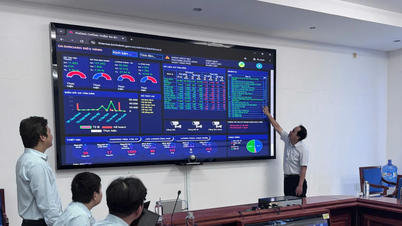


















































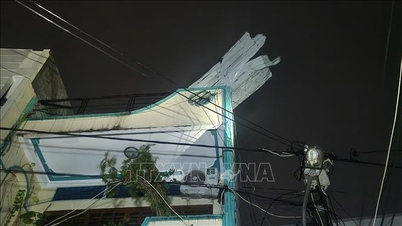

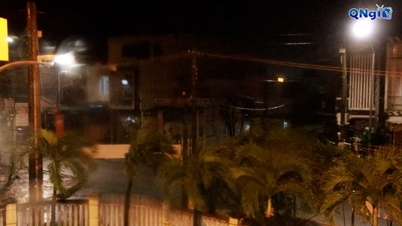

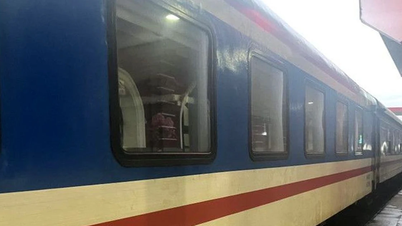














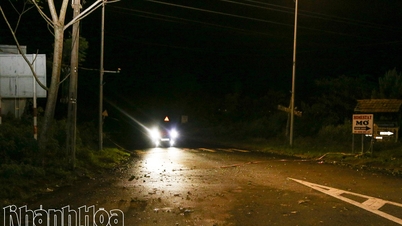























Comment (0)